Pratishtha Pandey
Modularity: Let's dig deeper
#1about 3 minutes
Defining modularity and its importance in system design
Modularity is the practice of dividing a system into separate, independent parts to improve communication and decision-making during the design process.
#2about 6 minutes
The hidden complexity of large microservice landscapes
While microservices offer benefits like fast delivery, they can create a complex, tangled landscape that slows down innovation when new business requirements touch multiple services.
#3about 2 minutes
Moving from gut feeling to quantitative architectural metrics
Instead of relying on intuition, teams should measure modularity at the product and domain level using concrete metrics, similar to how code quality is measured.
#4about 3 minutes
Measuring system tangles with average component dependency
The average component dependency (ACD) metric helps quantify the overall connectedness of a system by averaging the direct and indirect dependencies for each microservice.
#5about 3 minutes
Calculating propagation cost to measure change impact
Propagation cost (PC) is a key metric that measures the ripple effect of a change in one component across the entire system, directly impacting innovation speed.
#6about 2 minutes
Using lack of cohesion metrics for service grouping
The lack of cohesion metric helps determine if a group of microservices truly belongs together by analyzing shared concerns, such as data access patterns.
#7about 3 minutes
Applying coupling factor and other metrics in practice
By calculating the coupling factor and tracking metrics on a dashboard, teams can monitor trends and make informed decisions about system architecture and team structure.
#8about 2 minutes
Considering the modular monolith for easier refactoring
The modular monolith pattern offers a middle ground by enforcing strong boundaries between modules while keeping them in a single deployable unit, simplifying refactoring.
#9about 2 minutes
Key takeaways for adopting a modularity mindset
Adopting modularity requires a mindset change that extends beyond engineering to business decisions, experimentation with metrics, and sharing learnings with the community.
#10about 1 minute
Tools for tracking dependencies in large-scale systems
To count direct and indirect connections in complex systems, tools like Istio for service mesh data and distributed tracing can be used to automate dependency discovery.
Related jobs
Jobs that call for the skills explored in this talk.
Matching moments

36:33 MIN
Focusing on modularity over architectural labels
Monoliths: A love story
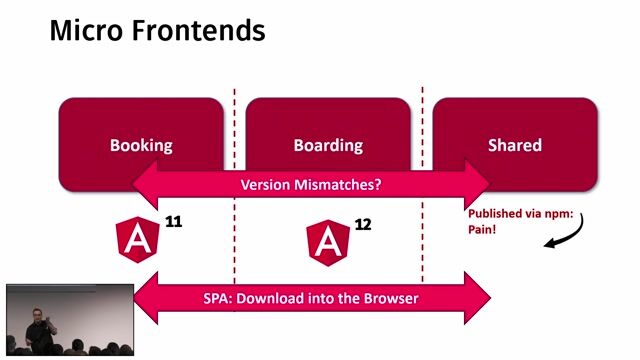
08:17 MIN
Introducing the modular monolith as a practical alternative
Stairway to Heaven - Scaling Frontends the Right Way

03:44 MIN
Why modern microservice architectures are harder to observe
Hands on with OpenTelemetry

15:58 MIN
Practical advice for building a microservice architecture
Why you shouldn’t build a microservice architecture
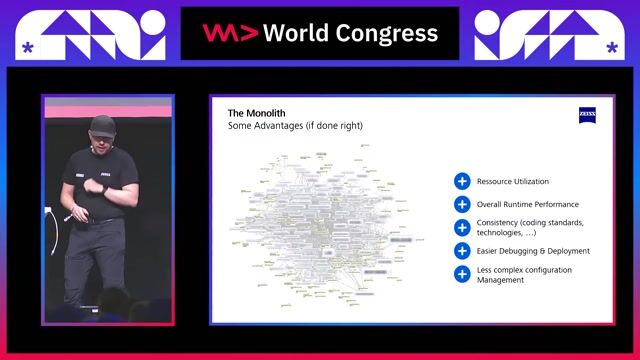
10:28 MIN
Contrasting modulith and microservice architectures
Modulith Instead of Monolith - Pragmatically Towards Microservices
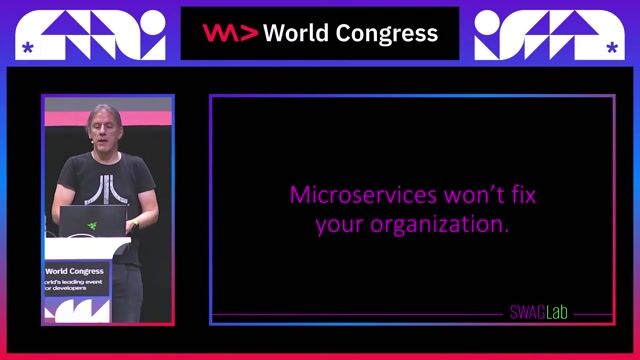
23:08 MIN
Conclusion: Focus on fundamentals beyond the hype
Microservices? Monoliths? An Annoying Discussion!

03:19 MIN
Break down monolithic problems into microservices
End the Monolith! Lessons learned adopting Serverless

01:56 MIN
Understanding the pros and cons of microservices architecture
Developing locally with Kubernetes - a Guide and Best Practices
Featured Partners
Related Videos
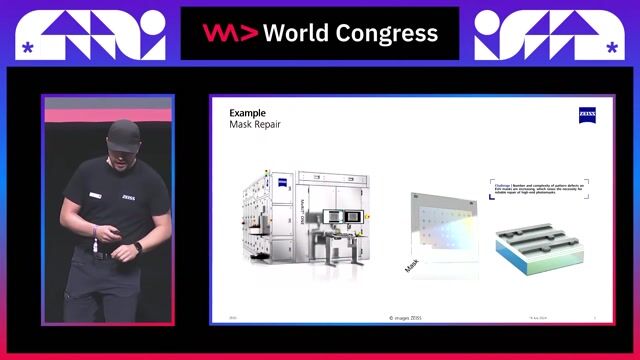 30:12
30:12Modulith Instead of Monolith - Pragmatically Towards Microservices
Hendrik Lösch
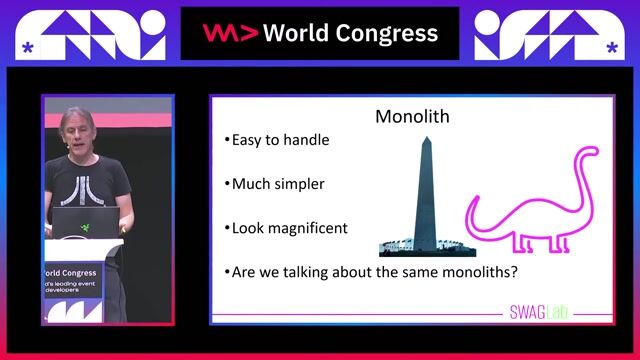 25:05
25:05Microservices? Monoliths? An Annoying Discussion!
Eberhard Wolff
 43:13
43:13It’s all about the domain, honey ! Experiences from 15 years of Domain-Driven Design
Carola Lilienthal
 26:22
26:22Modern software architectures
David Tielke
 24:38
24:38Resolving technical debts in software architecture
Carola Lilienthal
 46:24
46:24The Rise of Reactive Microservices
David Leitner
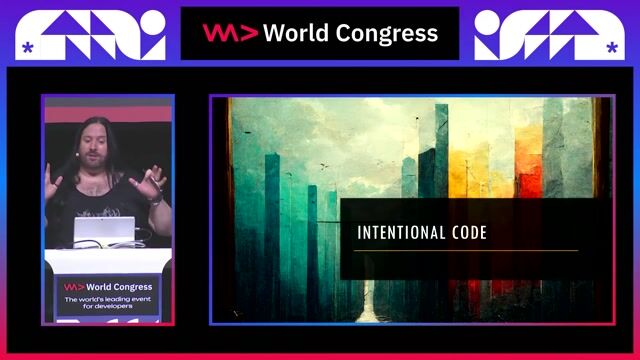 25:03
25:03Intentional Code - Minimalism in a World of Dogmatic Design
David Whitney
 27:32
27:32Why you shouldn’t build a microservice architecture
Michael Eisenbart
From learning to earning
Jobs that call for the skills explored in this talk.

Software Engineer - Microservices Java - Germany-based
Douglas GmbH
Intermediate
Java
React
DevOps
Node.js
RabbitMQ
+6


Solution Architekt:in Mobile Computing
Enterprise Architect Logistics Services
Remote
Java
.NET
Scrum
Kafka
+8



Solution Architect / Product Owner / UX Enthusiast
Atos Information Technology GmbH
Remote
€62K
API
.NET
Azure
+2

Domain Architect Ricardo Platform (f/m/d) | 80-100% | Hybrid working model | Valbonne France
SMG Swiss Marketplace Group
Canton de Valbonne, France
Senior


Domain Architect Ricardo Platform (f/m/d) | 80-100% | Hybrid working model | Zürich Switzerland
SMG Swiss Marketplace Group
Sachseln, Switzerland
Senior